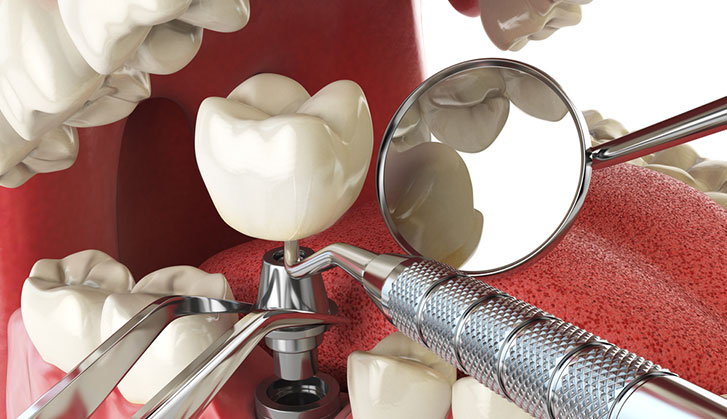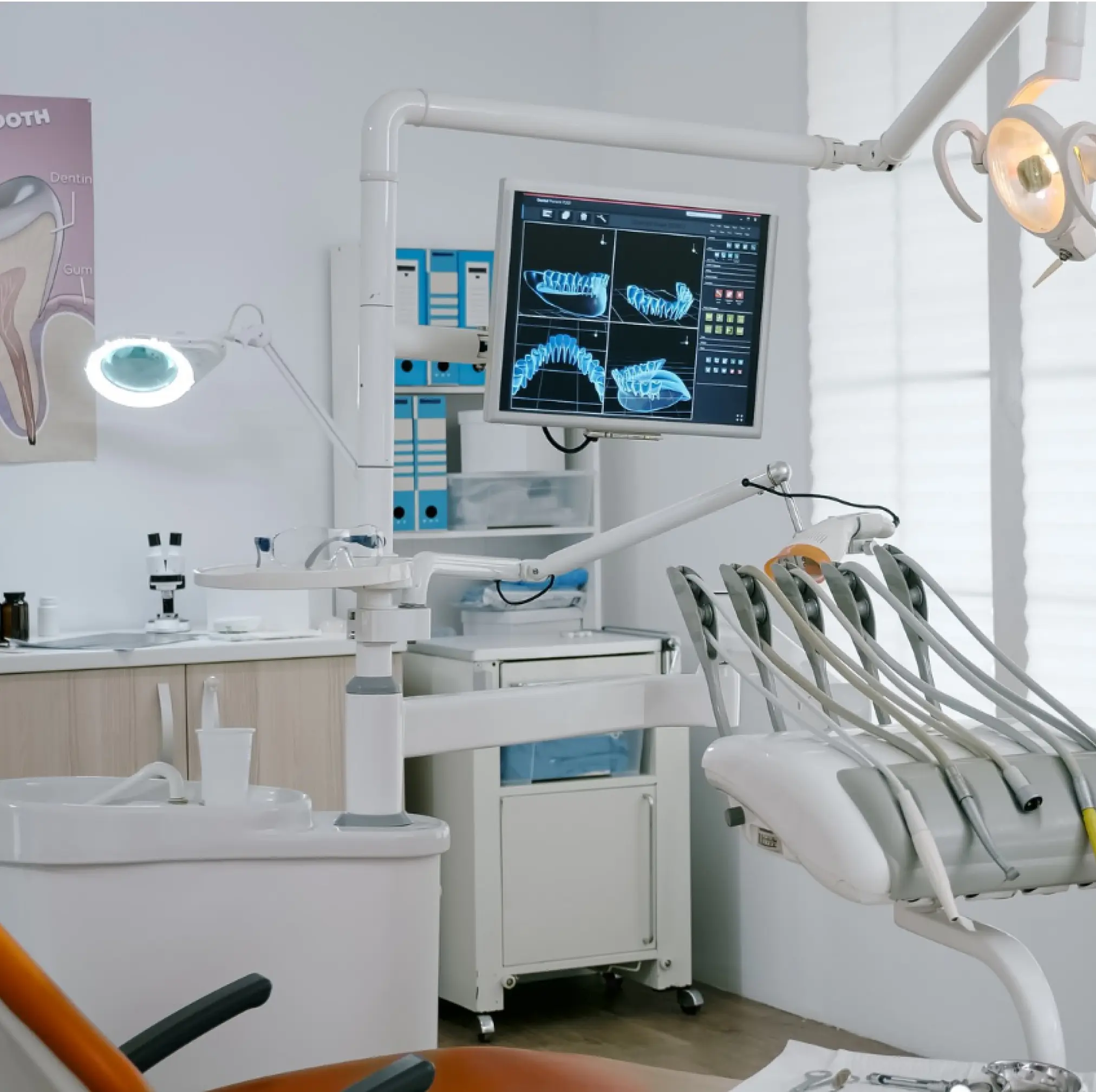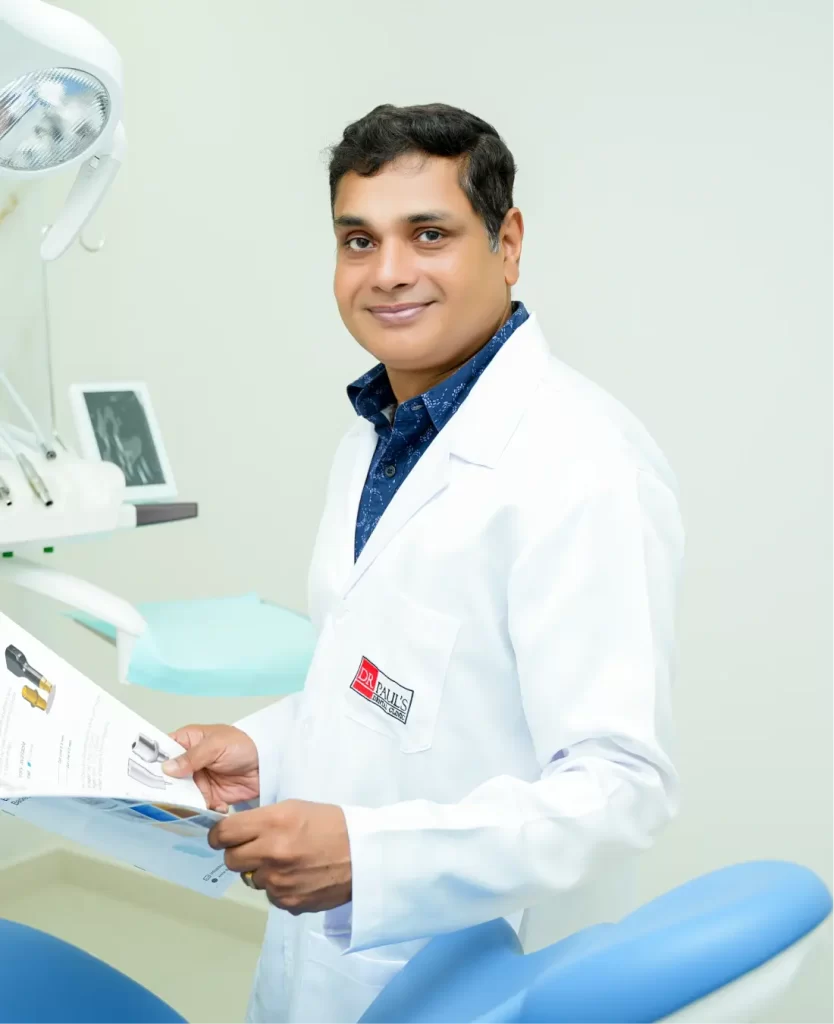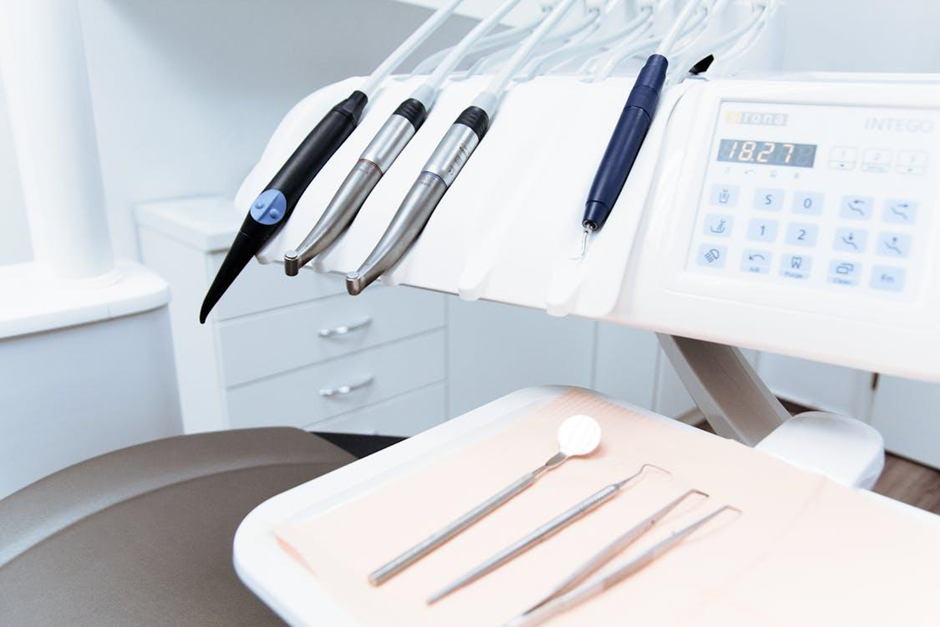What Are the Different Types of Dental Implants?
Dental Implants

People who have a missing tooth (or teeth) find it uncomfortable to smile in public and may experience difficulty when they try to chew their food. In such cases, you need dental implants that are basically artificial roots for your teeth to provide support and prevent your jaw bone from getting affected. They prevent bone loss and help you eat your food without any discomfort.
Nowadays, many dentists use 3D imaging to get a complete look at your teeth and jaw to see if your teeth are ready for an implant or if some work needs to be done before.
Once you know you need dental implants in Dubai, it’s time to decide which ones are best for your teeth. We’re going to cover the basics of dental implants – what implants are, the different types, what, if any, procedures are required beforehand, and some alternatives to help you get started.
What Are Dental Implants?
Dental implants are small, titanium screws designed to replace the root of a missing tooth. They fit quite easily into the space of your regular tooth roots. The implant can be customized to replace any lost tooth.
Now that you have a basic understanding of what a dental implant looks like and the purpose it serves, let’s look at the different types:
What Are the Types of Dental Implants?
The three most commonly used implants are:
1.Endosteal implants – the safest and most frequently used
2.Subperiosteal
3.Zygomatic – rare and complicated to insert
Endosteal Implants
In order to insert endosteal implants, the patient’s jawbone needs to be in good shape since this is where they will be placed. The artificial root maybe like a screw or might have a smooth surface, and a false tooth is fitted on top.
The procedure usually takes place in two sittings that are several months apart. The first one involves fitting the implant and allowing it to fuse inside a person’s mouth. It will take a few months to heal, after which, the false tooth (or teeth) will be placed on top to blend in with the rest of the teeth.
Some patients get squeamish at the idea of having something inserted into their jawbone. If this is the case, then you’ll probably prefer the next kind of implants.
Subperiosteal Implants
Subperiosteal implants are the next best choice after endosteal implants. They are not fixed into your jawbone but are actually placed in such a way that they rest on the bone itself. Keep in mind that it will still be beneath your gums.
A metal frame is inserted underneath the gum, and the post that is attached to it is visible. The false tooth is attached to the pole that is protruding at the top of the gums.
Its usage is extremely rare and restricted when the patient’s jawbone isn’t sufficient for the implant.
Zygomatic Implants
This one is barely ever used and is used in case there isn’t enough jawbone for a full, endosteal implant. The implant is placed in the cheekbone, which makes the procedure pretty complicated.
Are There Any Procedures Involved Before Getting Implants?
If the situation in your mouth is particularly complicated, and an implant is not possible, your implant dentist may try to salvage the situation and use techniques to make implants feasible:
- Sinus Lift – in some cases, the bone below the sinus may start deteriorating due to the missing upper teeth. If this happens, your dentist will perform a sinus lift, which entails adding bone to the area below the sinus.
- Bone Augmentation (Bone Grafting) – this includes repairing the bone in your jaw if it isn’t strong enough to support dental implants. Bone additives are used to heal the bone, but the procedure is risky since it may not heal properly, especially if the patient has diabetes or is a heavy smoker.
- Ridge Expansion – some patients’ jaws aren’t wide enough to fit the implants. Dentists graft space along the top of the jaw to allow for implants.
While either of these methods can be used to make it possible for you to get dental implants, in some situations, even these may not work out. If this is the case, don’t worry; there are some alternatives.
Alternative for Dental Implants
Some other options your dentist may choose to fill the gaps left by lost teeth include:
- Immediate Load Dental Implants – if you can’t go without the fake tooth while the implant settles and fuses in, your dentist may place a temporary tooth the very same day. For this to happen, your bone structure needs to be strong enough to support the pressure of this tooth.
- Mini Implants (MDIs) – these are very small and narrow implants that are generally used to add stability.
- All-on-4 – this modern technique involves placing 4 implants on the bone along with temporary false teeth, and is used when the top or bottom set of teeth need to be replaced completely. For a few months, while the implants fuse and your gums heal, you need to control your diet. Once your dentist inserts the permanent teeth, you can resume your regular diet.
What Are the Different Implant Sizes?
Apart from the different types, dental implants also have different sizes, depending on where in the mouth they are being placed:
- Standard Platform – these generally range from 3.5-4.2 mm in diameter. They are relatively short and narrow and are placed in the front of the mouth.
- Wide Platform – these are generally around 4.5-6 mm in diameter and are used in the back of the mouth.
Keep Your Smile Full & White
Even if you’ve lost a tooth (or teeth), you don’t have to worry about not being able to smile in public or not being able to eat properly. Once your dentist examines the state of your mouth, they’ll be able to give you a proper diagnosis and will advise you on the best implants to get. They will even tell you whether or not there is a need for bone grafting or ridge expansion.
Also Read: Understand the importance of dental implants and how they can restore your smile in our blog on Need For Dental Implants – A Complete Guide.
Book an Appointment With Your Doctor NOW!
Ready for a brighter smile? Schedule your appointment with Dr. Paul’s Dental Clinic today and experience exceptional dental care.



 Dr. Gopalakrishnan Harikrishnan
Dr. Gopalakrishnan Harikrishnan 

